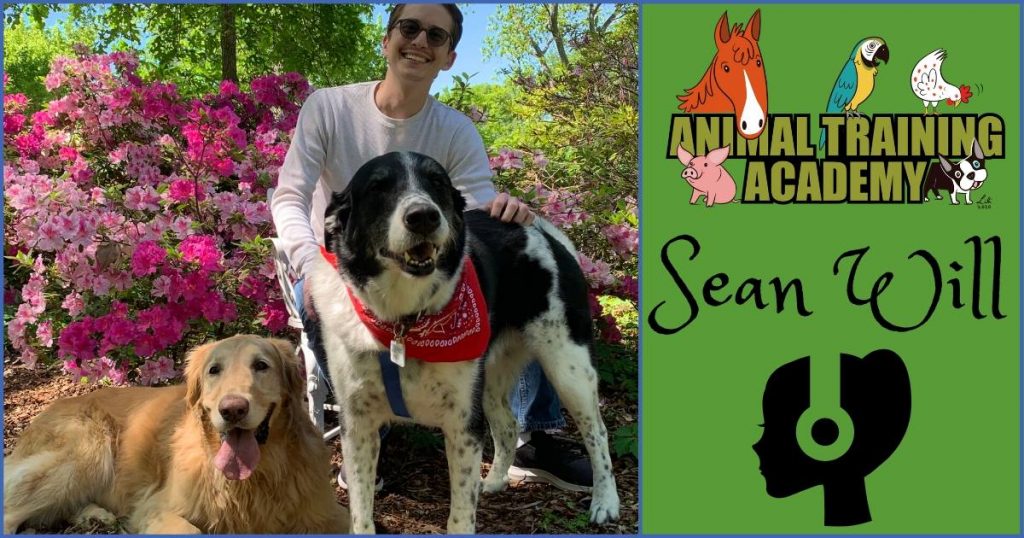Have you considered this loose leash walking approach?
Over the years and through many conversations with various trainers we’ve heard lots of different thoughts, ideas, and approaches for training loose leash walking! Of course, one thing that’s always held true is that each team [human and dogs] is unique and what might work for one team might not be an appropriate consideration for another. Consequently, the content of this blog post is presented as one option – in the hope that it has potential value for some teams whilst at the same time acknowledging that it might not be the ideal solution for others.
Considering loose leash walking through an ABA level of analysis we acknowledge both the importance of antecedents and consequences. We might consider antecedents such as: where the dog is least likely to pull, the influence of time of day, the number of activities he/she had before their walk as well as the presence or absence of distractions (for example people walking by or being in an empty field). It can be valuable for our canine learners to begin training in contexts where they’ve historically shown the least amount of pulling and then moving to more challenging environments over time. However we appreciate it sometimes might be really challenging to find a place where the dog is not pulling at all – so you of course have to do the best you can within your context and available resources.
Another important consideration is the leash length. Starting training with a long leash can potentially decrease the amount of pulling as it will give the dog more freedom to investigate their environment.

Image above create by ATA happiness engineer Josefin Linderström.
As mentioned we also want to consider what consequences we are providing for our canine learners. Food can be a popular reinforcer of choice as often our learners will be motivated to behave in order to access it, we can provide lots of individual reinforcers quickly and/or spread them out over a session. However, while training loose leash walking [especially in an outside environment] using food can have the potential of some challenges.
- Accessing food is often not the function of the original pulling behaviour [i.e. it’s often not the reason the dog was pulling in the first place].
- Food [paired with associated behaviours to access it] can become more salient than other reinforcers on offer in the environment. This consequently risks the resurgence of the original pulling behaviours if the food is removed.
[BONUS learning] – hear Sean Will’s offering on loose leash walking using the constructional approach in this ATA podcast episode (@ roughly 13:20)
As mentioned it’s important to note that we should always look at the individual in front of us. For any individual, there’s tremendous value in considering what seems to be the most salient reinforcer for their pulling behavior? Possible reinforcers might be gaining closer proximity to an interesting odor, the reinforcing value of walking faster and/or access to another dog or person. If you can identify what’s of the highest value for your individual learning partner – including a consideration of this when designing your training plan is advantageous.
It’s also valuable to consider that the pulling on leash behavior can already have a significant reinforcement history.
Let’s see what all of the above might look like from an ABC perspective:
A – Leash attached to harness – out on the street
B – Dog pulling on the leash
C – Human slows down
A – Human slows down
B – Dog makes ANY movement that releases the tension on the leash
C – Human speeds up to normal pace & proximity to reinforcers is decreased!
The emphasis here is on accessing desired reinforcers as quickly as possible contingent on behaviours that result in a ‘loose leash’. And once again ideally we are starting in an environment where the dog has the highest chance of being successful before successively adding in distractions and environmental complexity.
Head movement, slight release of the muscle tension, paw movement in a different direction – all those small things can be the beginning points. We then can start to shape those small movements and eventually teach slowing down and keeping the slower tempo so the leash is loose and reinforcers are accessed in the fastest possible way.
How about you? What do you think? How do you train loose leash walking? We would love to hear from you!
Best Regards
Anna Bartosik (Blog Writer 1 & ATA Happiness Engineer) &
Ryan Cartlidge (Blog Writer 2 & ATA Founder/Connector/Founder) &
Josefin Linderstrom (Blog Writer 3 & ATA Happiness Engineer)
P.S. This blog was inspired by Ripple Makers extraordinaires in the ATA members only community. To join in on similar discussions and get inspired by other amazing ATA members access your exclusive 30 day ATA membership trial here >>>
